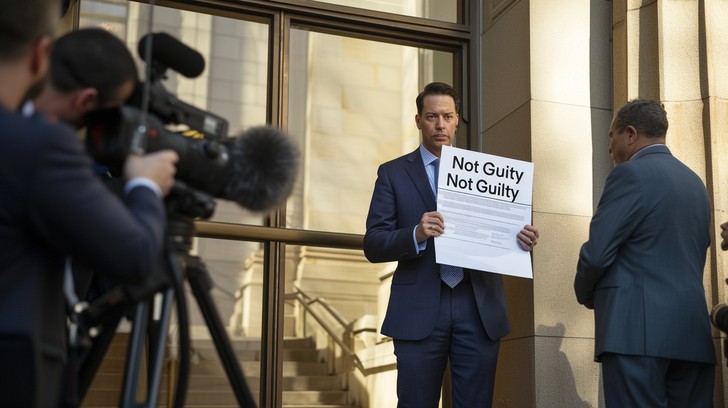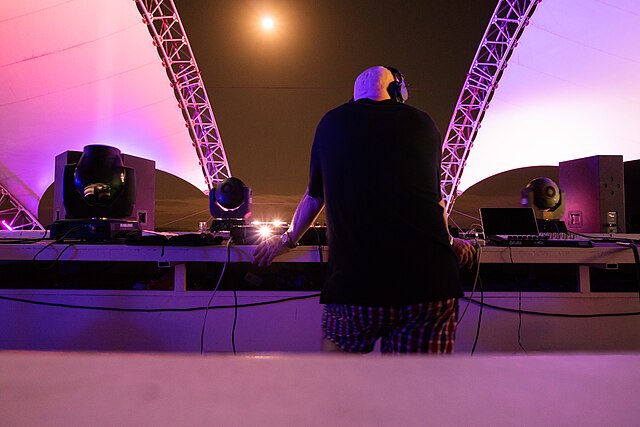Now Reading: Traditional Cultural Expression and IP
-
01
Traditional Cultural Expression and IP
Traditional Cultural Expression and IP
Introduction
Traditional cultural expressions conjointly referred to as “expressions of folklore”, and embodies music, dance, art, designs, names, signs and symbols, performances, ceremonies, architectural forms, handicrafts and narratives, several different artistic or cultural expressions.[1] Traditional cultural expressions:
· Form an element of the identity and heritage of a traditional or indigenous community;
· They are passed from generation to generation.
· They consist of characteristic elements of community’s heritage
· Constantly developing and recreated within the community[2]
TCEs are integral to the cultural and social identities of indigenous and native communities, embody know-how and skills, and transmit core values and beliefs. Their protection is claimed to be the promotion of creativity, increased cultural diversity and also the preservation of cultural heritage.
Protection of traditional cultural expressions
India is a diverse country with a rich culture, art and literature and creations of its own. Due to the trendy and quick developing technology it has affected the art and craft culture in India. There isn’t any branch under IP designed to safeguard such cultural heritage in public domain. The TCEs are cultural and economical assets of the individuals and to a community at large who are its creators, practitioners and custodians. They’re the sources of income and supply livelihood and easing poverty and socio-economic disadvantage for such communities. IP refers to creations of the mind like inventions, designs, literary and artistic works, and symbols, names, images, and performances. IP is usually protected by laws that establish private property rights in creations and innovations so as to grant control over their exploitation, like commercial exploitation, and to administer incentives for further creativity. There is a very vital relationship between IP ‘protection’ and ‘preservation ‘in the cultural heritage context. Like, the very process of preservation can trigger concerns about lack of IP protection and may run the risk of unintentionally placing TCEs within the ‘public domain’[3]; thus leaving others absolve to use them against the wishes of the original community. The needs and attention of TCE holders and practitioners can in some cases be addressed more appropriately by measures for preservation and safeguarding rather than IP protection.
National policy, Regulations and Institutions
India doesn’t have in place a separate legislation for protection of TCEs. The prevailing laws governing TCEs directly or indirectly are:
The Constitution of India
A liberal interpretation of the article 21 can provide protection to TCE owners[4]. The Constitution of India in Article 29 (1) identifies protection of cultural rights of minorities as a Fundamental Right[5]. Article 51A puts the charge of preservation, respecting and safeguarding the rich heritage of the Indian culture on every citizen of India as their fundamental duty. [6]
IP Legislations
The Copyright Act, 1957 doesn’t anywhere directly mention about the protection of TCEs. However, the interpretation of definitions of artistic work, dramatic work, engravings, Indian work, literary work, musical work, performance, and performers, as defined in the Act, would include works which fall within the ambit of TCEs. Various sections of the Copyright Act such as Section 31A, on compulsory licence provides for copyright of unpublished or published work of unknown authors; Section 38, performer’s rights; Section 57, author’s special rights also called moral rights the author has a right to claim authorship, restrain or claim damages just in case of distortion, mutation, modification or any such act which is in honour or reputation, and might be interpreted to extend assurance to the interests of TCE owner.[7]
GI is a community right; as a result traditional communities often depend upon GIs to safeguard certain of their rights related to their goods which have some quality or reputation or other characteristics linked to the geographical area in which they are produced. The authorized GI mark on the good helps create a brand image for the traditional good which demonstrates age old culture.
A Trade Mark is a mark capable of distinguishing the products and services of one person from others. TM enables the buyer to identify the source of the products or the services. Registered trademarks of traditional goods and services may be protected. Section 29 of the TM Act is against any infringement of non-registered goods and services.[8] Collective marks can be used to create a brand image for traditional goods and service like paintings, handlooms, weaves. Certification Marks can be used to protect traditional goods, which have cultural significance.
Institutional Framework
TCEs and folklore have anchored themselves into the digital dimension along with digitalisation, online libraries and depositories. Although online libraries are opened it lacked attention and emphasis given to other TK databases, like the Traditional Knowledge Digital Library (TKDL), in government policies and initiatives. Civil societies and NGOs have made contributions towards digitisation for protection of TCEs in India namely;
1. The Indian National Trust for Art and Cultural Heritage (INTACH)
2. The National Folklore Support Centre (NFSC)
3. The Archives and Research Centre for Ethnomusicology at American Institute for Indian Studies in India (AIISI)
4. National Mission on Cultural Mapping of India
5. The National Mission for Manuscripts (NMM)
6. National Centre for Arts (IGNCA)
Treaties and Institutions
Some of the treaties by various institutions are:
1. African Intellectual Property Organisation (OAPI)
2. The Berne Convention for the Protection of Literary and Artistic Works, 1886
3. The Tunis Model Law on Copyright for Developing Countries, 1976
4. The UNESCO-WIPO Model Provisions for National Laws on the Protection of Expressions of Folklore against Illicit Exploitation and Other Prejudicial Actions,1982
5. The WIPO Performances and Phonograms Treaty (WPPT), 1996
6. The UNESCO/WIPO World Forum on Protection of Folklore, 1997
7. WIPO’s Intergovernmental Committee on Intellectual Property and Genetic Resources, Traditional Knowledge and Folklore (IGC),2000
8. The United Nations Declaration on the Rights of Indigenous Peoples (UNDRIP), 2007
9. The Beijing Treaty on Audiovisual Performances, 2012
Potential barriers
Mechanisms for the protection of IP are established on protecting the rights of identified individual creators and innovators over their creations and innovations that exist in physical format; this cannot easily adapted to protecting collectively-owned TCEs of understanding to communities, dating back generations. Such differences end in potential gaps.[9] Indigenous peoples may additionally find that barriers hinder their use of the formal IP system. Some of these potential gaps and barriers include:
· Formal IP protection often requires the identification of a known individual creator(s) or inventor(s) so as to determine the holders of the IP rights. The very concept of “ownership” within the IP-context may contrast with Indigenous notions of “ownership” of Indigenous knowledge and cultural expressions
· It may not meet IP standards of “originality” such as required under copyright law, or “novelty” under patent, etc
· The requirement that an idea needs to take on a fixed form to be protected under existing copyright laws, may prevent the protection of intangible Indigenous knowledge and cultural expressions that are transmitted or shared orally
· Innovations supported on Indigenous knowledge could also be eligible for protection under existing IP frameworks, but not the underlying knowledge itself
· The limited term of protection for a few IP, wouldn’t protect Indigenous knowledge and cultural expressions indefinitely
· The costs and sophisticated processes for registration, renewal and enforcement
· Exceptions and limitations typically found in IP laws might not be considered to be suitable for Indigenous knowledge and cultural expressions, particularly if it’s considered to be sacred.
Conclusion
India doesn’t have a sui generis law to safeguard TCEs and folklore and relies on existing IP laws for protection of the same. This sole dependence on IP laws has been criticised because of inherent conflicts between the nature of the IP and traditional cultural expressions. There is a lack of literature and research on TCEs at the national level. However, there are concerns with respect to copyright generated and associated with these digital formats as the IPR policies of these bodies are either completely absent or lack clarity. Internet and other forms of technological developments can have a significant impact on TCEs and their custodians. There is no on-going effort to study from time to time the proposals in relation to TCEs that are made before the WIPO-IGC (inter-governmental committee) and the negotiations that take place there and provide current inputs to the Indian delegations.
[1] Traditional Cultural Expressions
[2] Desai, Leena. “Traditional Cultural Expressions.”
[3] Protection of Traditional Cultural Expressions and Traditional Knowledge – Key Issues,
[4] “Right To Life- Scope in India.”
[5] “Article 29 – In the Constitution Of India & the Jallikattu Row.”
[6] “Divah Sprik: New Delhi.”
[7] “Copyright Law in India.”
[8] Hg.org, www.hg.org/legal-articles/infringement-of-registered-trade-mark-in-india-37451.
[9] Protection of Traditional Cultural Expressions and Traditional Knowledge – Gap Analyses








